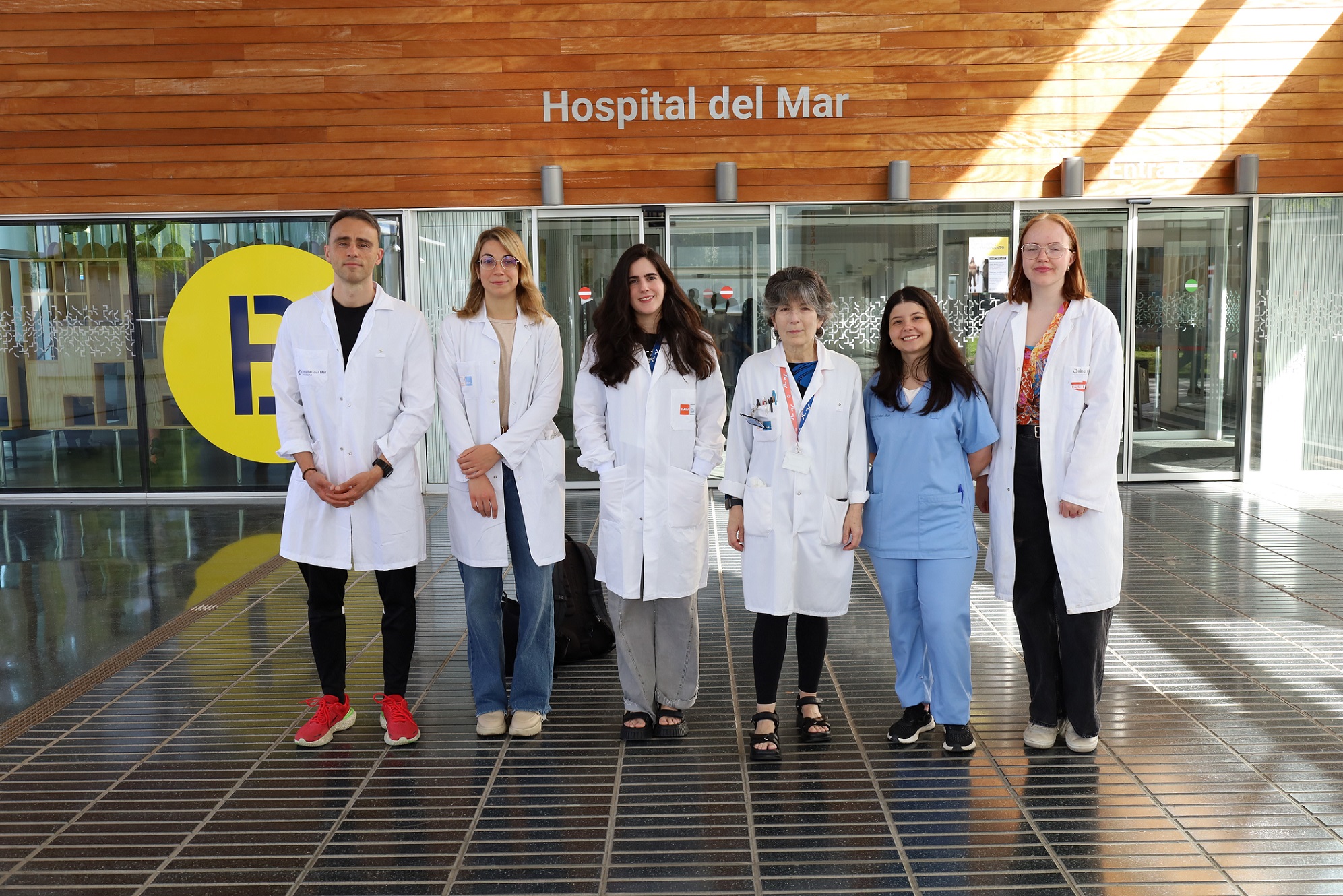
20/06/2025 - Press release
Patients with Chronic Obstructive Pulmonary Disease (COPD) who suffer from sarcopenia, meaning a loss of strength and muscle capacity, show higher levels of a protein linked to muscle growth regulation, myostatin. This may explain the high prevalence of sarcopenia in these patients, affecting nearly one in three people with COPD. The study validating this finding, involving researchers from the Hospital del Mar, the Hospital del Mar Research Institute, and the CIBER Respiratory Diseases area (CIBERES), was published in the European Respiratory Journal Open Research.
The study analyzed tissue samples from the quadriceps of 54 individuals attended at the Hospital del Mar. Of these, 23 were COPD patients with sarcopenia, 18 had COPD only, and 13 were healthy individuals. The COPD patients were in a stable condition, without respiratory crises in the previous three months, and did not have other diseases affecting mobility or muscle function.
Regarding age, there were no differences between the groups. In COPD patients, lung impairment was the same regardless of whether they had sarcopenia. However, when assessing the health of their muscles, measured through quadriceps strength, results from patients with sarcopenia were between 25% and 30% worse than those without sarcopenia. Additionally, their body mass index was very low. In comparison, patients without muscle impairment generally had overweight or obesity.

A Notable Protein
In the muscle loss samples, higher activity of the protein myostatin was detected. Myostatin is a cytokine that regulates muscle growth by limiting it. Under normal conditions, its function prevents uncontrolled muscle growth. However, in sarcopenic patients, it prevents muscle regeneration.
Thus, when muscle mass loss begins, regeneration mechanisms should be activated. But in patients with altered myostatin, this protein "triggers a series of reactions that inhibit muscle repair and growth mechanisms. The result is a muscle of lower quality and smaller size, with fewer and also smaller fibers" says Dr. Esther Barreiro, an attending physician at the Pneumology Service at Hospital del Mar, coordinator of the Muscle Wasting and Cachexia Research Group in chronic respiratory diseases and lung cancer at the Hospital del Mar Research Institute, and a CIBERES researcher.
"The entire myostatin pathway is altered in COPD patients with sarcopenia compared to those with COPD without sarcopenia and participants in the control group" Dr. Barreiro adds. The study demonstrated how, in these individuals, proteins activated to help form muscle attempt to increase their activity, but the excessive activation of myostatin acts as a "brake".

From left to right: Toni_Sancho, Cinta Cumpli, Adriana Núñez, Esther Barreiro, Marina Sáinz and Johanna Tjepkema.
The study paves the way for the development of treatments that could prevent the action of this protein, either by inhibiting it or enhancing signals to form muscle, helping patients maintain strength. This action mechanism could also be applied to other diseases and injuries. Until such treatments are available, Dr. Barreiro emphasizes that "following a training program or, at the very least, engaging in regular physical exercise and proper nutrition remains very important for maintaining muscle mass".
Reference Article
Núñez-Robainas A, Guitart M, López-Postigo A, Sancho-Muñoz A, Barreiro E. Myostatin/Smad2/Smad3 pathway defines a differential clinical phenotype in COPD-associated sarcopenia. ERJ Open Res. 2025 Apr 22;11(2):00772-2024. doi: 10.1183/23120541.00772-2024. PMID: 40264457; PMCID: PMC12012910.
© Institut Hospital del Mar
d'Investigacions MèdiquesLegal Notice and Privacy Policy | Cookie Policy | Site Index | Accessibility | Find Us | Contact